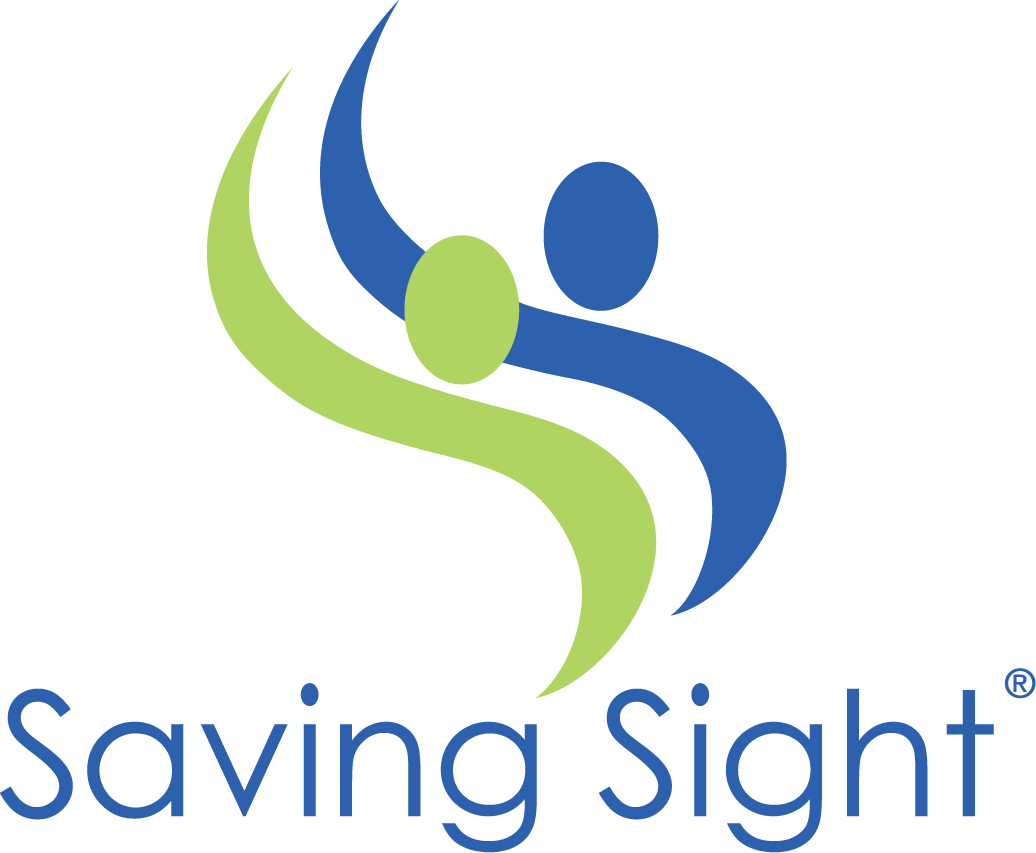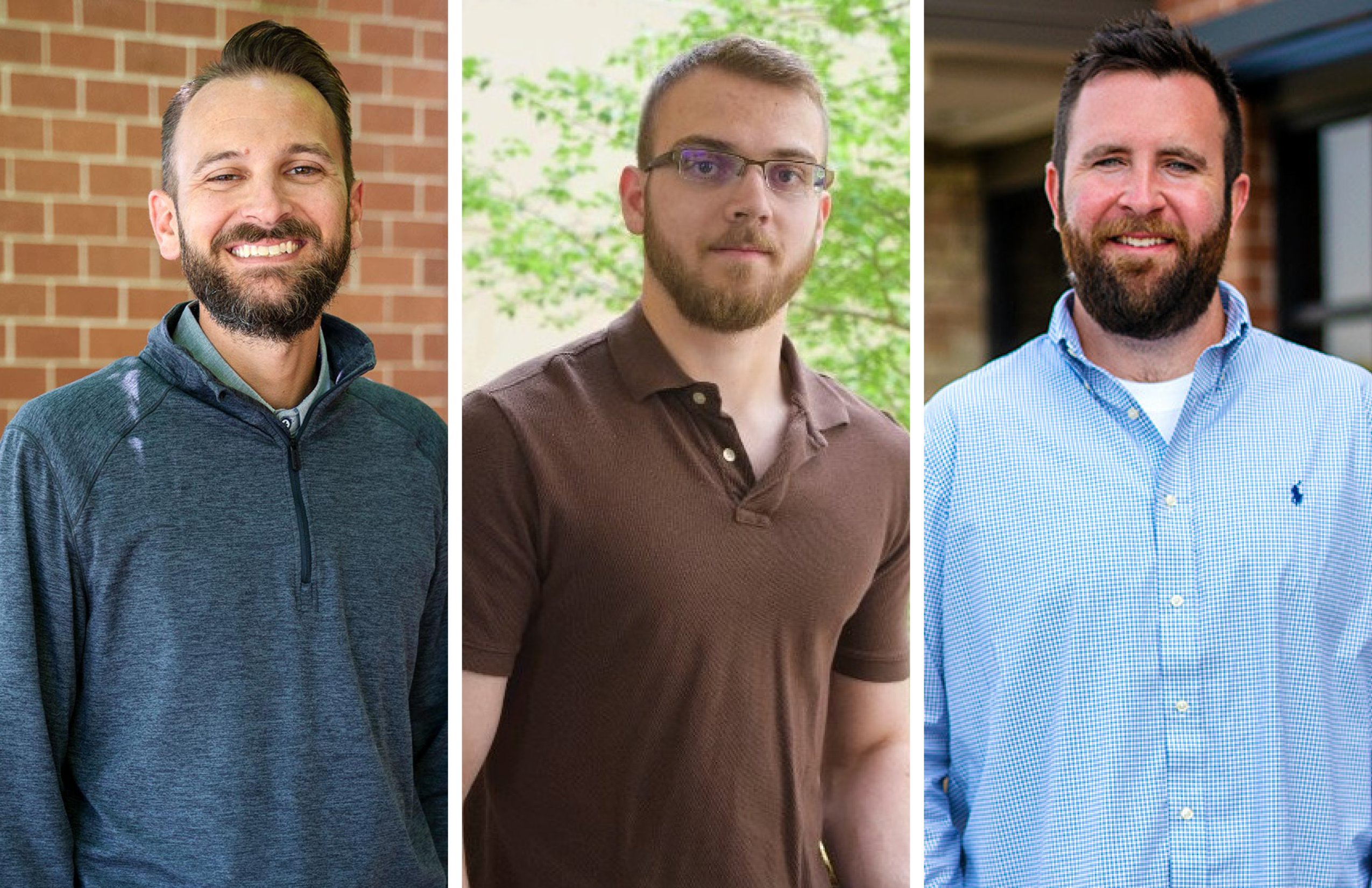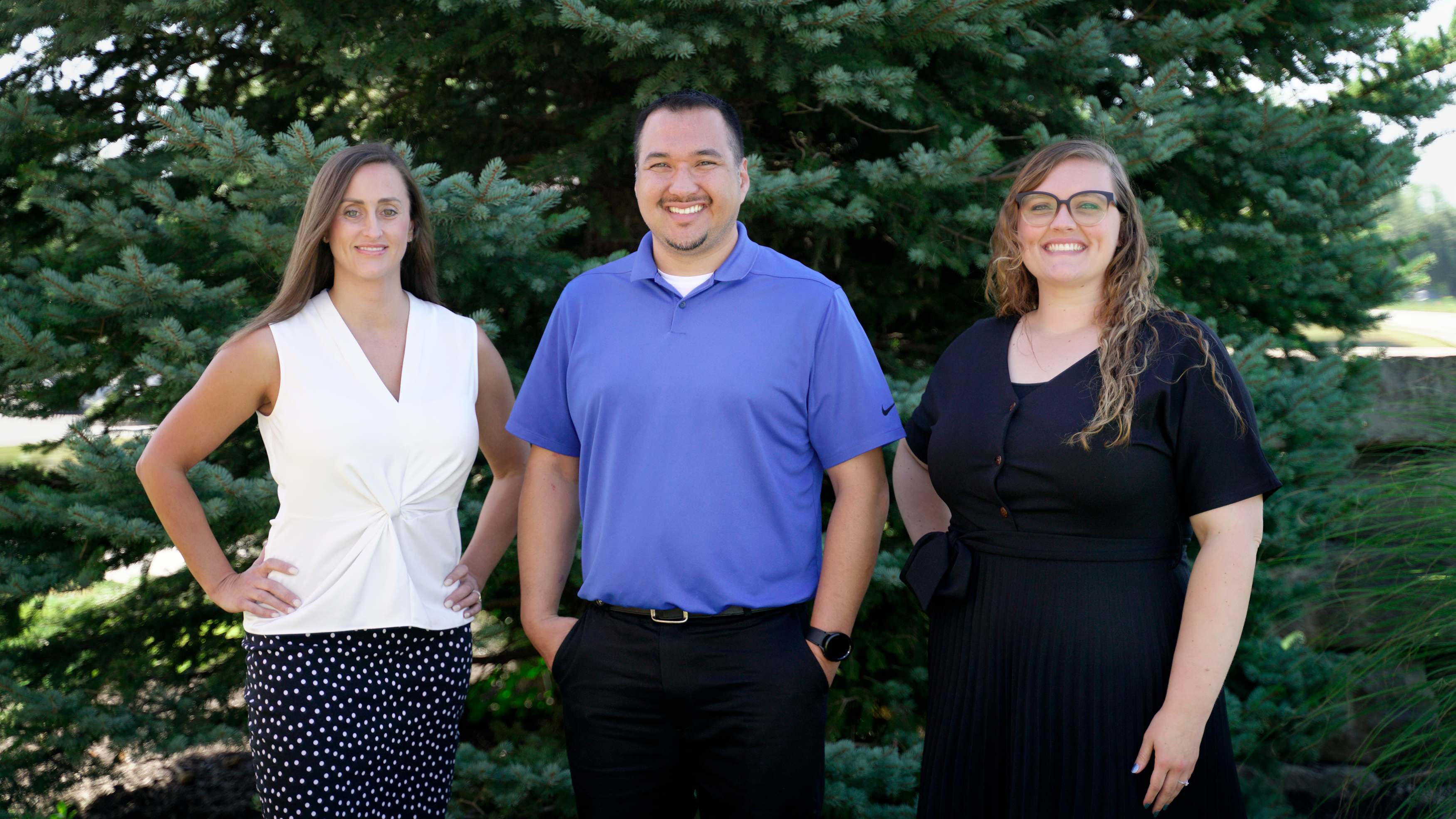Industry News
IT Department Highlight
At Saving Sight, the IT department plays a crucial role in the success of the organization by providing reliable and efficient technology, cyber security training, and the knowledge to help keep the technology running. They are responsible for the support and upkeep of all technology components, while also keeping up with the latest advancements as they apply to Saving Sight. The department comprises a team of dedicated people who work together to ensure that all departments work seamlessly.
The IT Department is made up of three talented IT professionals: Brandon, Jess, and Andrew. Brandon, the Director of IT, and team leader is responsible for overseeing the database administration, vendor management, contracts, and services. He is also responsible for department employee management, project management, and application development. Jess, the IT Systems Administrator, is responsible for administering, implementing, and maintaining the security of all systems and platforms used by the organization. Andrew is the Desktop Support Technician and ensures that all equipment is functioning smoothly and efficiently day in and day out.
The day-to-day activities of the IT department are centered around problem-solving, with a mix of current projects, new projects, and individuals requiring support and ticketing assistance. The department’s role is largely reactive in responding to support tickets received. Yet it also operates proactively, staying ahead of the game and keeping up with new advancements. Documentation and content creation are important aspects of the IT department’s work, as they aim to maintain the current infrastructure and provide reliable equipment.
“Technology drives almost every process and procedure in the organization,” says Brandon, making the IT department’s role vital to the success of the mission. The department is involved at every level and works closely with other departments to ensure their technology needs are met and goals are achieved. The IT department’s goal is to act as a support system for other departments, providing technology solutions that align with their goals and strategies.
The biggest evolution in the IT department has been the shift towards data analysis and the handling of helpdesk support internally, instead of outsourcing. The IT Department enjoys the challenge of learning new things and helping people out, making the workday smoother and more productive. “If you like to solve problems, IT is the place for you,” says Brandon. They find satisfaction in finding solutions and making a difference in the organization.
In 2023, the IT department is placing a strong emphasis on cybersecurity. It is implementing policies and procedures to shore up its security foundation and conducting security training for all end-users through Ninjio, a cyber security training company. 96% of cyber attacks come from end-users, and the IT Department is making an effort to educate everyone within the organization on how to identify and report threats.
The IT department is a support system for the entire organization, providing reliable and efficient technology solutions that drive success. It is always working to stay ahead of the curve and provide the best possible services to the organization.
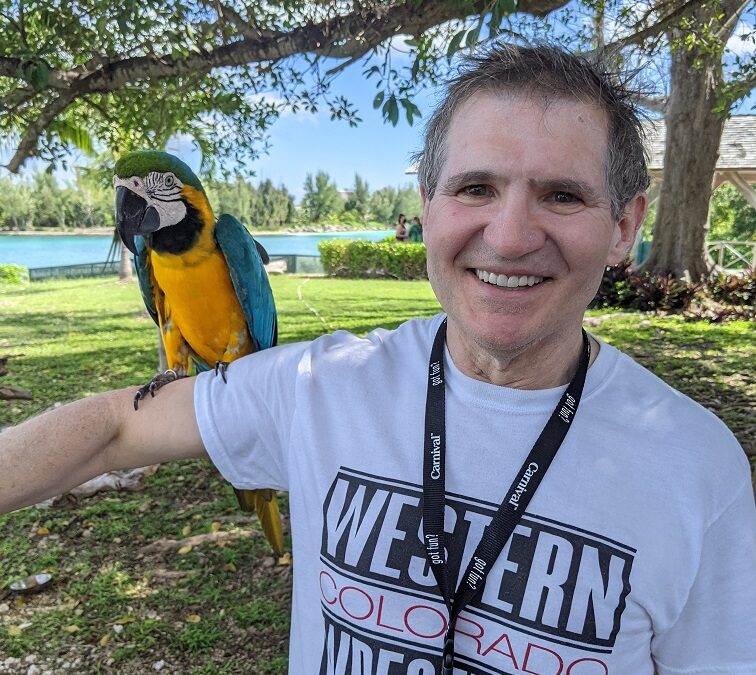
Transplant Recipient Begins 2023 With a New View
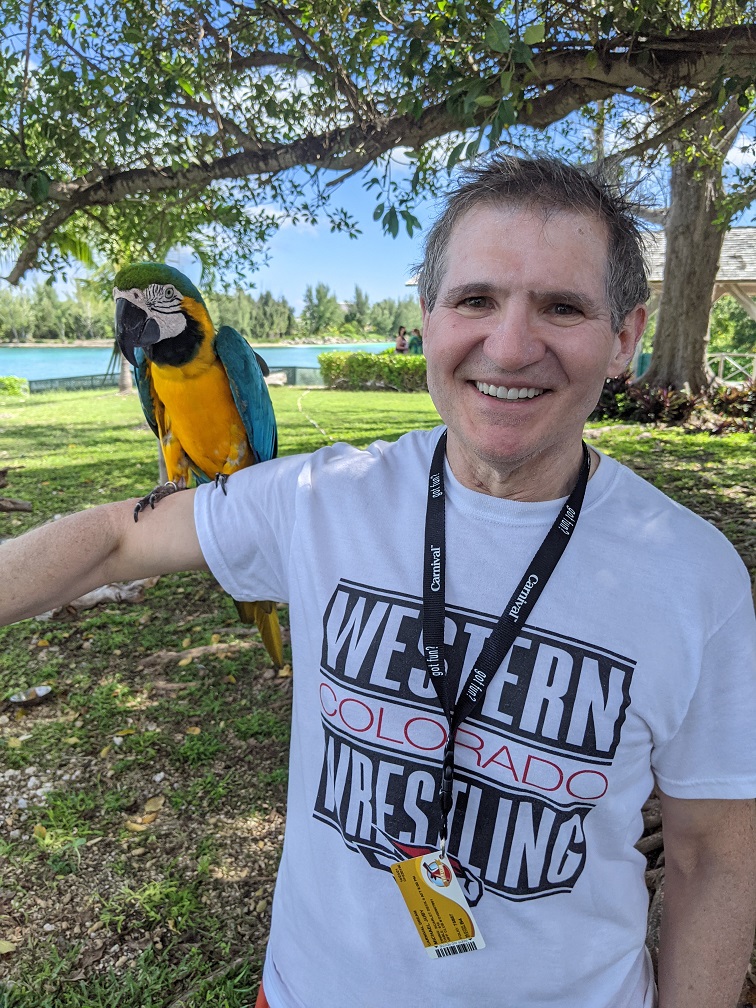 For months, Mike had been fighting an eye infection that just wouldn’t seem to go away. His eye doctor prescribed medicated drops, which seemed to help at first. However, the infection dug in deeper, and eventually, even administering the drops on an hourly basis wasn’t helping.
For months, Mike had been fighting an eye infection that just wouldn’t seem to go away. His eye doctor prescribed medicated drops, which seemed to help at first. However, the infection dug in deeper, and eventually, even administering the drops on an hourly basis wasn’t helping.
Mike spent much of 2022 battling the infection that began in April. After taking a trip to Europe in the fall, his vision became much worse. That’s when he received a consult to see Dr. Kenneth Goins at KU Eye Center. Almost immediately, Dr. Goins identified that Mike would need a corneal transplant to save his eyesight.
“I had no idea that I’d need a transplant-that was not even on my list. I was concerned because I hadn’t been able to see out of that eye for so long, and I knew the infection wasn’t responding to the treatment,” said Mike. “Frankly,I was thinking that there was a good chance that I was going to lose my sight, and it didn’t occur to me to think about a transplant.”
Immediately, Mike had questions about what it meant to be a corneal transplant recipient. Furthermore, it weighed on him knowing that his gift of sight would come from loss.
“I am fully aware that the cornea I received also means that someone lost their life, and a family and friends lost their loved one,” said Mike.“I’m deeply humbled by that and can’t really find anything adequate to say, so I will just leave it that they have my very very deepest gratitude for this gift. Without such profound generosity, I would certainly be losing my sight in that eye.”
On December 30, Mike underwent a corneal transplant procedure to save his sight. While he is still healing from the procedure and gradually regaining vision, his outlook is bright.As a CPA, an active member of his community, and a retired high school wrestling coach, Mike is looking forward to putting his new view to good use. He hopes to spend 2023 in partial retirement, enjoying more of his favorite activities, like scuba diving and traveling.
“It very much meant the world to me. I really had resigned to myself and was thinking about what it was going to be like to live with one eye,” said Mike.“I kept trying to comfort myself that, ‘you can still see with one eye; you can still make things work with one eye.’ But now, with this gift,I may not have to do that.”
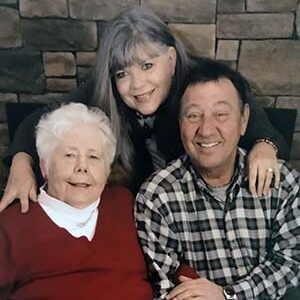
Restored Vision Gives Funeral Home Director New View
As a funeral director, Diantha worked closely with the eye donation process for many years in her family’s funeral home. She often spoke with families whose loved ones had chosen to give the gift of sight, and therefore was very familiar with Saving Sight and its mission. As a proponent of donation, she’d often discussed the donation process with individuals when pre-planning a funeral. Diantha never guessed that years later, she’d benefit from the gifts of two eye donors.
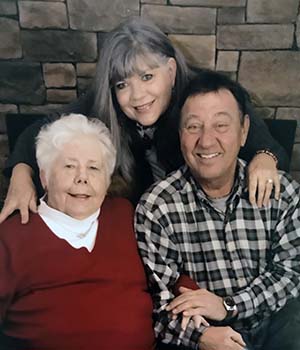
Diantha, in the middle, pictured with her mother and husband.
During a regular eye exam in April 2021, she learned that she would need cataract surgery and had a hereditary eye disease called Fuchs’ dystrophy. For patients with Fuchs’, fluid builds up in the cornea, causing it to swell and thicken. Over time, this can lead to corneal blindness, discomfort, and pain. Diantha’s eye doctor informed her that the disease would likely progress and scheduled her to come back in a year.
Over the next year, her vision continued to degrade to the point where she could barely read and could no longer drive at night.
“The scariest incident I had was while driving alone from Atlanta, GA, to St. Louis,” Diantha recounts. “I miscalculated my time and the weather, and it was starting to get dark before I reached my niece’s hotel room in St. Louis. I literally could barely see road signs, and the car lights were blinding me, so I pulled off the nearest exit, pulled into a convenience store, and called my niece to come get me. I knew it was time to do something.”
In August 2022, Diantha underwent two consecutive corneal transplant surgeries to restore her vision. Both surgeries were successful in restoring her sight. Today, Diantha has resumed her normal day-to-day activities, including driving, reading, and enjoying the beauty in nature that had become a blur. The gifts that two cornea donors and their families gave are precious to her.
“Helping others is very important in life and very rewarding,” said Diantha. “Donation is such a gift to receive, but just as important, the donor family receives the gift of knowing someone has been helped through their donation.”
A Partnership to Save Sight in Nigeria
Since 1991, Dr. Ukeme Umana of Marion Eye Center has made annual humanitarian trips to Nigeria, providing much-needed eye care, and performing sight-saving surgeries. Most recently, Dr. Umana traveled to Nigeria in October 2022. During this trip, he saw many patients who normally would not have access to eye care and was able to perform cataract surgeries and several corneal transplants.
“In 2013, I started offering corneal transplants in addition to other surgeries,” recounts Dr. Umana. “People come from all over the country because there is no eye bank in Nigeria.”
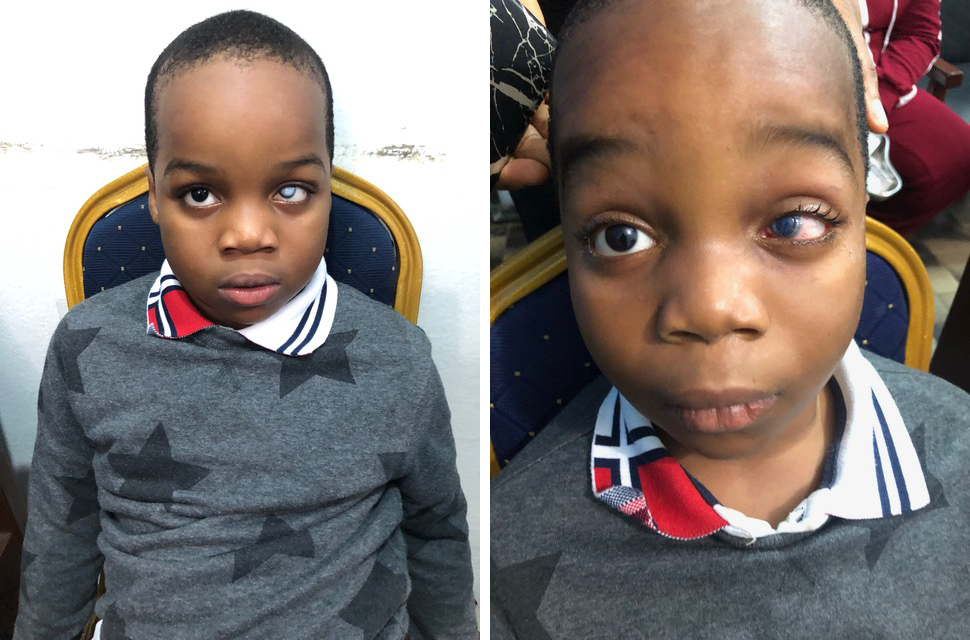
This 5-year-old patient had scarring on his cornea and received a transplant to restore his sight.
Since that time, there has been a steady need for his services. Patients range in age and travel far to receive the sought-after care that Dr. Umana and the other volunteer doctors provide. During this most recent trip, Dr. Umana was able to help restore sight to a 7-year-old who needed cataract surgery and saw a variety of cases that resulted from infection and limited access to vision care.
For years, Saving Sight has provided Dr. Umana with tissue for his mission work, and during this most recent mission trip was the sole source of tissue. Dr. Umana’s work to reach underserved areas of the world like Nigeria extends Saving Sight’s mission beyond our local service area.
During his trips abroad, Dr. Umana also focuses on training local physicians as there is a shortage of doctors specializing in corneal transplantation. While time is short and the need is great, every opportunity to teach others is valuable and precious.
Dr. Umana expects that he will return to Nigeria again in the spring of 2023.
Honoring the Legacy of Ophthalmic Visionary Dr. Bruce Grene
In October, the Wichita community said farewell to a friend and visionary in eye care. Dr. Bruce Grene, the founder of Wichita-based Grene Vision Group, was also instrumental in establishing the Wichita Eye Foundation in 1986. With Dr. Grene’s support, the Eye Foundation would grow to eventually become the Kansas Eye Bank and Cornea Research Center, Inc., providing corneal tissue for transplant in Kansas and beyond. In 2021, the Wichita eye bank’s impact on local Kansas communities multiplied as it became a division of Saving Sight.
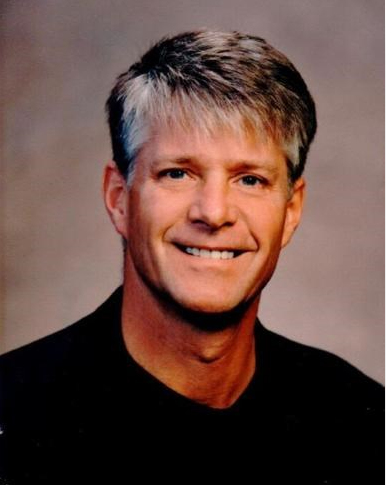
Dr. Bruce Grene was instrumental in establishing the Kansas Eye Bank.
Dr. Grene’s legacy can be seen in many facets of the practice of ophthalmology. His passion for ocular research and innovation led him to create Celluvisc, a worldwide product for treating surface eye disease and injury. Dr. Grene entrusted the royalties from the sale of Celluvisc to the Wichita Eye Foundation, helping to fund the Kansas Eye Bank’s growth and work in restoring sight.
In his creation of Grene Vision Group, Dr. Grene was ahead of his time in providing the best in patient care. He had the wisdom and foresight to create an integrated group of ophthalmology, optometry, and optical professionals working together to serve the community. Most importantly, Dr. Grene embodied a passion for serving patients.
“Bruce and I worked together for over two decades, and he was perhaps as charismatic and captivating of a person as I’d ever met,” said Dr. Dasa Gangadhar, ophthalmologist and original partner at Grene Vision Group. “The temperature in the room would go up when he walked in. He was loving, he was gentle, and he was a visionary.”
Dr. Grene is survived by his loving family and wife, Mary, who stood by his side during a difficult battle with Parkinson’s disease. He is also survived by countless patients who benefited from his work and many collaborators and coworkers who called him a friend. It’s in the same spirit of service that Saving Sight works to carry forth Dr. Grene’s vision of restoring sight.
To learn more about our history and the key individuals like Dr. Grene, who have worked to make restored vision a reality for others, visit www.saving-sight.org/about.
2022 Impact Report
Quality Assurance Department Highlight
The Quality Assurance department is designed to prevent, detect, and correct deficiencies that may lead to circumstances that increase the risk of introduction, transmission, or spread of communicable diseases, and is an integral part of Saving Sight and Vital Tears operations. At Saving Sight, the Quality Assurance Department is made up of three team members: Patrick Johnson – Director of Quality Improvement and Regulatory Affairs, Kristine Kennedy – Quality Improvement Specialist and Jessica Cody – Quality Improvement Specialist. While each member has their own responsibilities and title, “in the end, we are a team and complete all task as a team,” says Kristine Kennedy.
Like any department, each day is different, but in the Quality Assurance Department you can find them in meetings, working on projects, auditing different processes, not only in our main office in Kansas City but in each of our satellite offices. “Quality Assurance is part of every aspect of Saving Sight and Vital Tears” says Kristine Kennedy. This could be helping a team understand how to complete regulatory documentation or verifying that documentation is completed correctly. It might be improving SOPs for departments to clearly understand requirements or improve a process. Quality Assurance is a vital part of helping the organizations operate to stay in compliance and improve the overall quality of the operation. They are ultimately responsible for quality improvement and assurance, making sure we are following the rules set forth by HIPAA, Non-Conformance Management, both internal and external audits, OSHA incident tracking and supply and supplier management. No day is the same, but they play and important role in making sure we are being good stewards of the gift of sight.
“The Quality Assurance department has been a very rewarding job for me. I truly love being able to help other departments grow in their learning and support them in improving their processes. This roll requires organization, problem solving, “out of the box thinking,” and teamwork, just to name a few. I am so incredibly blessed to work with such amazing people that are dedicated to our mission. I have the best teammates EVER, that are always willing to step up, have each other’s back, and support one another” says Kristine Kennedy. Saving Sight truly is lucky to have such a caring and devoted group of people, all helping us in our mission to change lives by Saving Sight.
Celebrate Safely This Fourth of July!
While fireworks are a beautiful and time-honored tradition associated with the
The U.S. Consumer Product Safety Commission reports that there are 9,000 fireworks-related injuries each year in the U.S. Thirty percent of those are eye injuries, and one-fourth of those eye injuries result in blindness. What’s more, children account for the majority of fireworks-injury victims, and for children under 5, sparklers — which burn at 2,000 degrees Fahrenheit and can cause third-degree burns — account for one-third of fireworks-related injuries.
For these reasons, the American Academy of Ophthalmology encourages you to follow these recommendations:
- Never let children play with fireworks of any type.
- View fireworks from a safe distance: at least 500 feet away, or up to a quarter of a mile for best viewing.
- Leave the lighting of fireworks to trained professionals.
- Follow directives given by event ushers and public safety personnel.
- Respect safety barriers set up to allow pyrotechnicians to do their jobs safely.
- If you find unexploded fireworks remains, do not touch them. Immediately contact your local fire or police department.
- If you get an eye injury from fireworks, seek medical help immediately.
If you do decide to shoot off fireworks yourself, be sure to follow all safety precautions, protect your eyes, and keep children a safe distance away. The staff at Saving Sight wishes you a safe and fun-filled Independence Day weekend!
Looking for More?
Want some additional Independence Day Safety tips? Check out our friends at the American Academy of Ophthalmology!
Communicating Saving Sight’s Impact
At Saving Sight, our Communications team is responsible for internal and external communications, sharing donor family and recipient stories, branding, marketing, and connecting with our Lions Club volunteers. Our job is to tell the story of our mission to connect and encourage stakeholders to join us in changing lives by saving sight.
Our team encourages recipients and donor families to share their stories with us and in turn, we share those stories through multiple 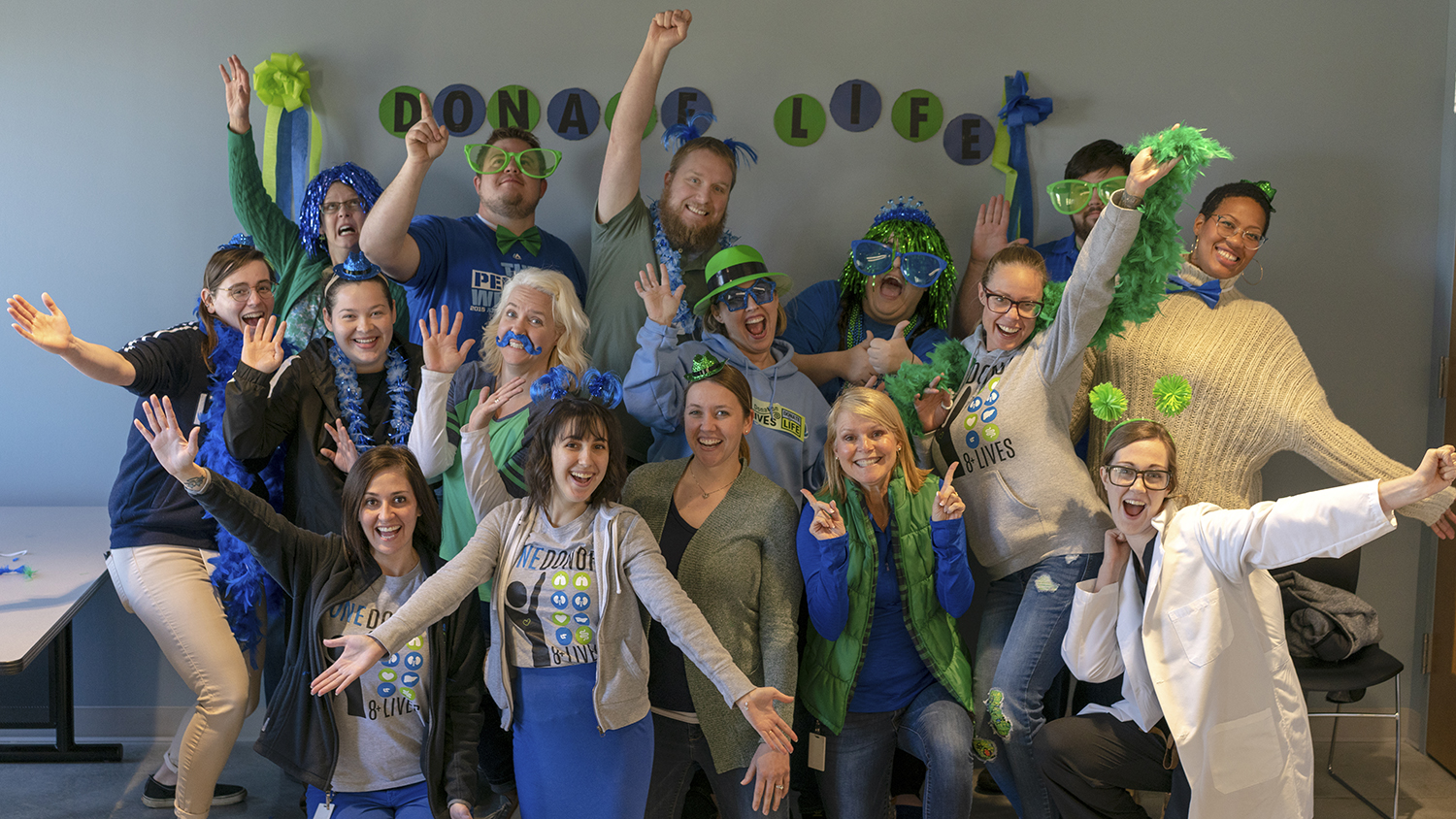
Another area that the Communications team is responsible for is overseeing correspondence between donor families and recipients. Many recipients and donor families are interested in communication opportunities, so we offer the opportunity to correspond anonymously between donor families and recipients. When Saving Sight receives a letter, we send it on to the appropriate party and allow them to correspond back and forth.
We also support donor designation by recruiting volunteers to help us at events that spread awareness for organ, eye, and tissue donation. By sending volunteer cards out in our weekly and monthly letters we hear back from people impacted by the work we do at Saving Sight. For example, we recently had a volunteer speaker at the Missouri State Capital for Donor Family Recognition Day and we are currently recruiting volunteers for future events.
With the help and support of Lions Clubs and our Lions board members, we can help communicate about the work we do with various stakeholders. We can connect donor families and recipients to help the healing process, share stories with our staff and on our social media and recruit volunteers to help with donor designation. Thank you for all the work you do in helping us change lives by saving sight.
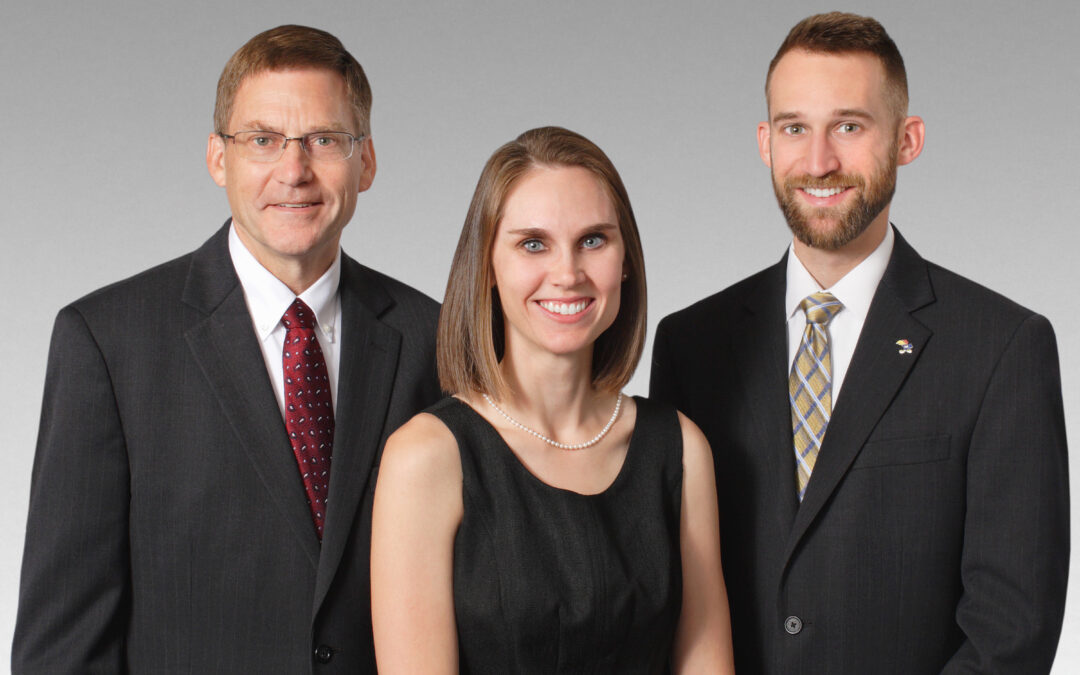
Champion of Sight – Downing & Lahey Funeral Home
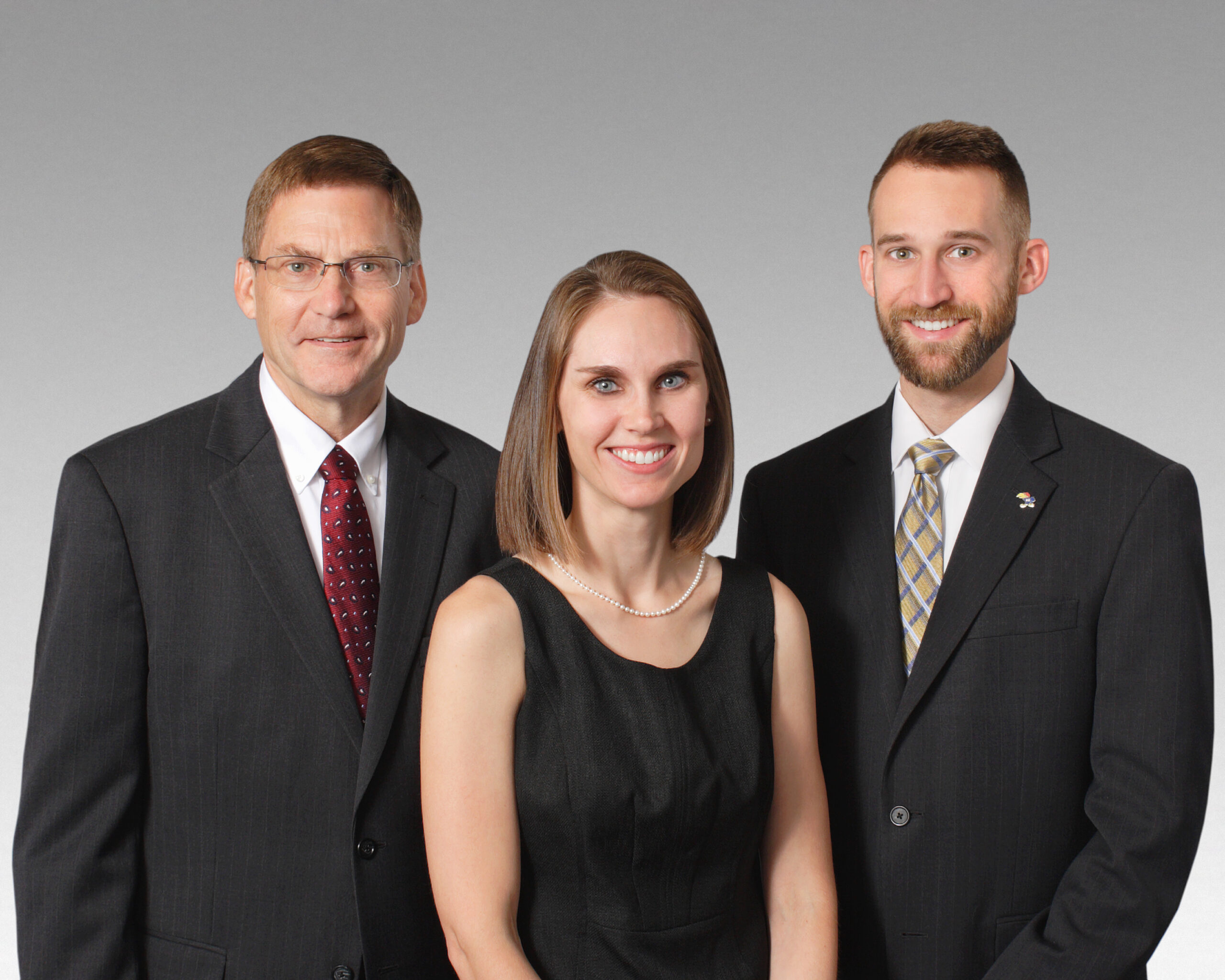
Our partners at Downing and Lahey Funeral Home work to help support the donation wishes of decedents and their families.
“We chose Downing and Lahey for their open communication. When I called to introduce myself, they let me know some areas of opportunity and how we could make them better. I followed up as promised by emailing their funeral home directors our commitment,” says Hospital Development Manager Kelly Falwell. We are lucky to have such great partners at Saving Sight that play a part in facilitating the eye donation process and advocating for donation, donor families and recipients in our service area. Downing and Lahey has been a great partner to Saving Sight by allowing our recovery technicians to perform recoveries in the funeral home from time to time.
Michael Morris, Funeral Director with Downing and Lahey says, “We understand the importance of donation and giving somebody the opportunity to see from somebody that’s passed away. That’s a great thing to be able to share with someone.” By working in tandem with funeral homes, we are able to honor the donor and their families’ wishes in being a donor.
Get the Latest in Your Inbox
Sign up below to receive Saving Sight’s quarterly round-up of industry news straight to your inbox. We will never share your information with third parties and you may unsubscribe at any time.

